Sensational Discovery: 60 Million Year Old Fish Fossils Found on Korcula!
April 13, 2021 – What a sensational discovery! Fish fossils found on Korcula, in Žrnovo, in the hamlet of Postrana, are said to be about 60 million years old!
As Slobodna Dalmacija reports, fossil teeth of fish from the order Pycnodontiformes were discovered in Borovčeva jama. This 43-meter-deep speleological object in the center of the Postrana hamlet was discovered by chance more than two years ago.
Namely, Borovčeva jama was named after Tonči Borovac, who was looking for a suitable place to plant a linden tree when he suddenly discovered the pit.
At the Postrana Local Committee's initiative, the pit was explored by a team of speleologists led by Milan Vojinović from Korčula, a forestry engineer and president of the local society for the promotion and preservation of natural diversity "Adriatica."
During Borovčeva jama's research, fossil fish teeth were discovered, which were recently extracted to the surface, after numerous consents and permits.
"As the renovation of the Korcula City Museum is nearing completion, we decided to take the fossil and include it in the permanent museum exhibition. Obtaining permits for this venture was not easy. Still, we received approvals from the Ministry of Economy and Sustainable Development and the Public Institution for Management of Protected Nature Areas of Dubrovnik-Neretva County. We signed a contract with authorized speleologists to perform works to the pride of the Žrnovo and Postrana residents, and for the benefit of future visitors to the Korčula City Museum," said the Deputy Mayor of Korčula Ivan Šale, a native of Žrnovo.
A depth of 35 meters
But it was harder to pull the fossil out of the pit than to do the paperwork. The pit begins with an awkward narrow entrance. The speleologists descended to a depth of 35 meters, set up a clay hoop, and watered the fossil with a protective rubber, followed by sawing and chiseling of the rock so that the sample could be safely transported to the surface.
It is a Pycnodontiformes fossil, which lived in shallow seas during most of the Mesozoic, spanning 175 million years. Their fossil remains were found worldwide, from the Triassic deposits to the ocean when they became extinct.
They are recognizable by their laterally flattened body and well-developed dentition, which consisted of several rows of rounded teeth with thick enamel surfaces. In short, Pycnodont fish are contemporaries of dinosaurs.
Experts say findings in Croatia are sporadic and limited to Upper Cretaceous sediments along the Adriatic coast. The most common species is Coelodus saturnus, found in localities from Pula to Brač. Some of the specimens from this group of extinct fish are kept in the Croatian Museum of Natural History.
The speleology instructor Branko Jalžić, who, together with his colleague Damir Basar removed the fossil from the Postrana pit, confirmed that this finding would be a valuable part of the Korčula museum exhibition.
Valuable proof and important scientific data
"The project was well-received by all participants, as always when we do underground research on Korcula. We completed the task successfully, the fossil was handed over to the Croatian Museum of Natural History, and it will be returned to Korcula after processing. There is no space in the museum to exhibit a more extensive story from that period, and that is why this small segment will be an important part of the future exhibition. Given the small number of fossils of pycnodont fish, each new find, including this one from Korčula, is a valuable proof of their distribution and important scientific data," explained Jalžić.
He thanked the City of Korcula, the company 'Adriatica,' and the Voluntary Fire Brigade of Korčula, which gave them rooms for sleeping and rest. Many thanks go to Tonči Borovac, who gave them a technique they did not have or they did not have to bring from Zagreb to the island.
He also thank the Public Institution for the Management of Protected Nature Areas of the Dubrovnik-Neretva County, which financed the project and without whose support they would not be able to stay on Korcula.
Not the first fossil found on Korcula
However, this is not the first time speleologists discovered old fish teeth fossils on Korcula. Branko Jalžić, a member of the Croatian bio-speleology society, was a part of a cave research team back in 2018 that found fossil fish teeth at least 100 million years old. The teeth were also found in the same pit, Borovčeva jama. This fish probably lived in this area in the Cretaceous period and belonged to a group called bony fish.
They then discovered a total of three fossils, and in the 80s, the bones of a fossil rhino were found on the island of Korcula.

Fossil fish teeth found in Borovčeva jama on Korčula in 2018 / Adipa.hr
To read more news from Croatia, follow our dedicated page.
Dinaric Karst Caves World's Richest In Species, 70% Indigenous To Croatia
February 8, 2021 – The Dinaric karst caves found intermittently down the length of the country's coast are the richest in the world when it comes to species that live within them. Many of them are extremely rare, with 70% of them being indigenous exclusively to Croatia
Dinaric karst caves are one of the best-kept secrets of Dalmatia. While the majestic Dinaric Alps are an ever-present backdrop within holiday photos taken on the Croatian coast, the Dinaric karst caves and cave systems that can be found intermittently running through them remain little known, explored only by a handful of expert speleologists and biologists. And, that is how it should remain, because they are teeming with very rare species.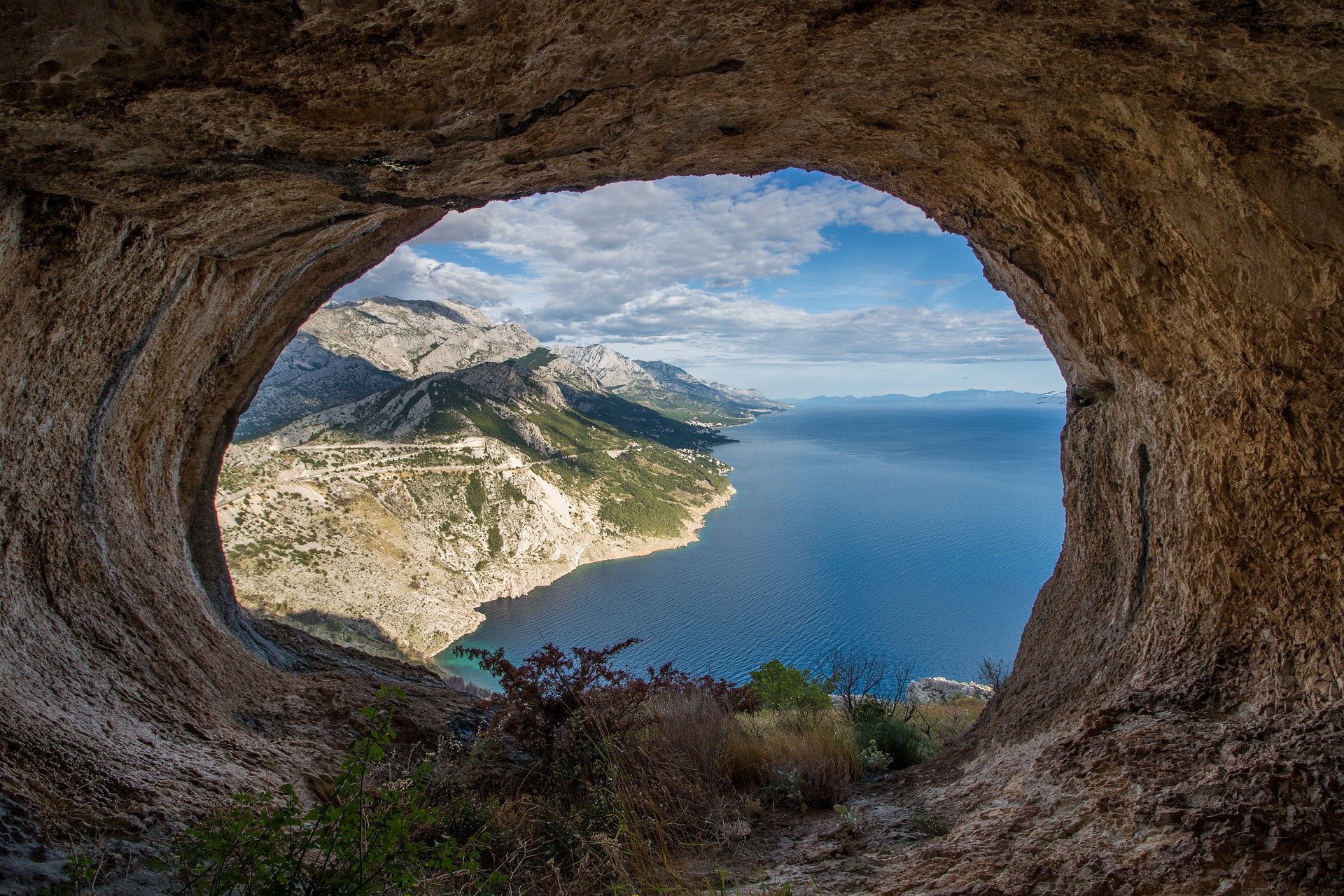 A cave in the Dinaric Alps in Dalmatia
A cave in the Dinaric Alps in Dalmatia
Croatia's Dinaric karst caves are the richest in the world when it comes to species that live within them. Many of the creatures that live in Dinaric karst caves are extremely rare, with 70% of them being indigenous exclusively to Croatia.
Having evolved over millenia to life in the darkened environs of Dinaric karst caves, the animals that inhabit this subterranean ground once lived above-ground and were much more common. The tough, lightless conditions of Dinaric karst caves meant that only those who were strong enough to adapt would survive, developing new features or losing others in response to their habitat.
Recently featured in TCN because it is up for 'Mollusc of the Year', the rare Congeria Kusceri is a classic example of how Dinaric karst caves have changed in response to their environment. The mollusc lost its pigmentation and any sense of sight due to having a lifetime bereft of sunlight.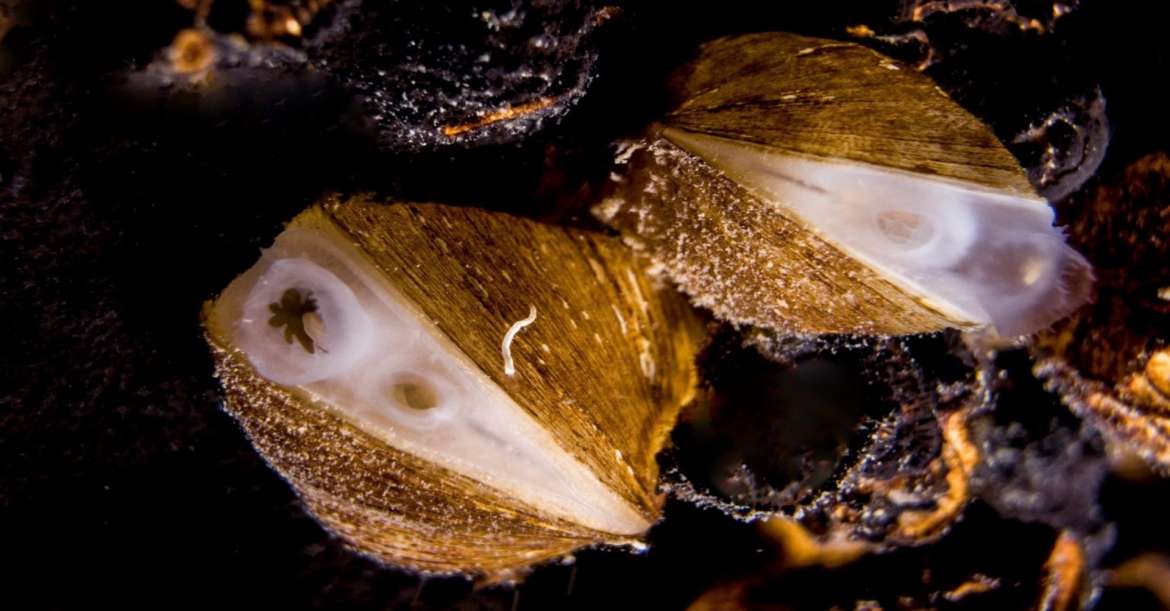 Congeria kusceri © Vedran Jalžić
Congeria kusceri © Vedran Jalžić
According to a recent article published by National Park Krka, who themselves have many rare species and Dinaric karst caves, other classic characteristics of the evolutionary process on Dinaric karst caves species include a thinning of the integument (the protective outer layer, shell or skin), lengthening of body parts, slow metabolism, life longevity, low reproduction, accumulation of fat reserves, reduced aggression, cessation of day-night rhythm, cessation of seasonal changes and activities, and changes in brain structure.
186 Dinaric karst caves species have been endangered according to the endangerment criteria of the International Organization for Nature Protection (IUCN). One of the biggest threats is the pollution of their underground habitats. Therefore, some of caves have been recognised at a national and at an EU-level as being natural habitats of special interest and marked as off-limits. About 400 speleological objects are listed under Caves and pits closed to the public (code 8310) and 220 under Overflowing or partially flooded sea caves (code 8330).
But, for those interested in discovering the hidden network of Dinaric karst caves within Croatia, there are many which are accessible and open to the public. Official guides and several speleology associations are available to reveal these secret subterranean lairs. What you see inside might be just as spectacular as how these mountains look in the background of your holiday snaps.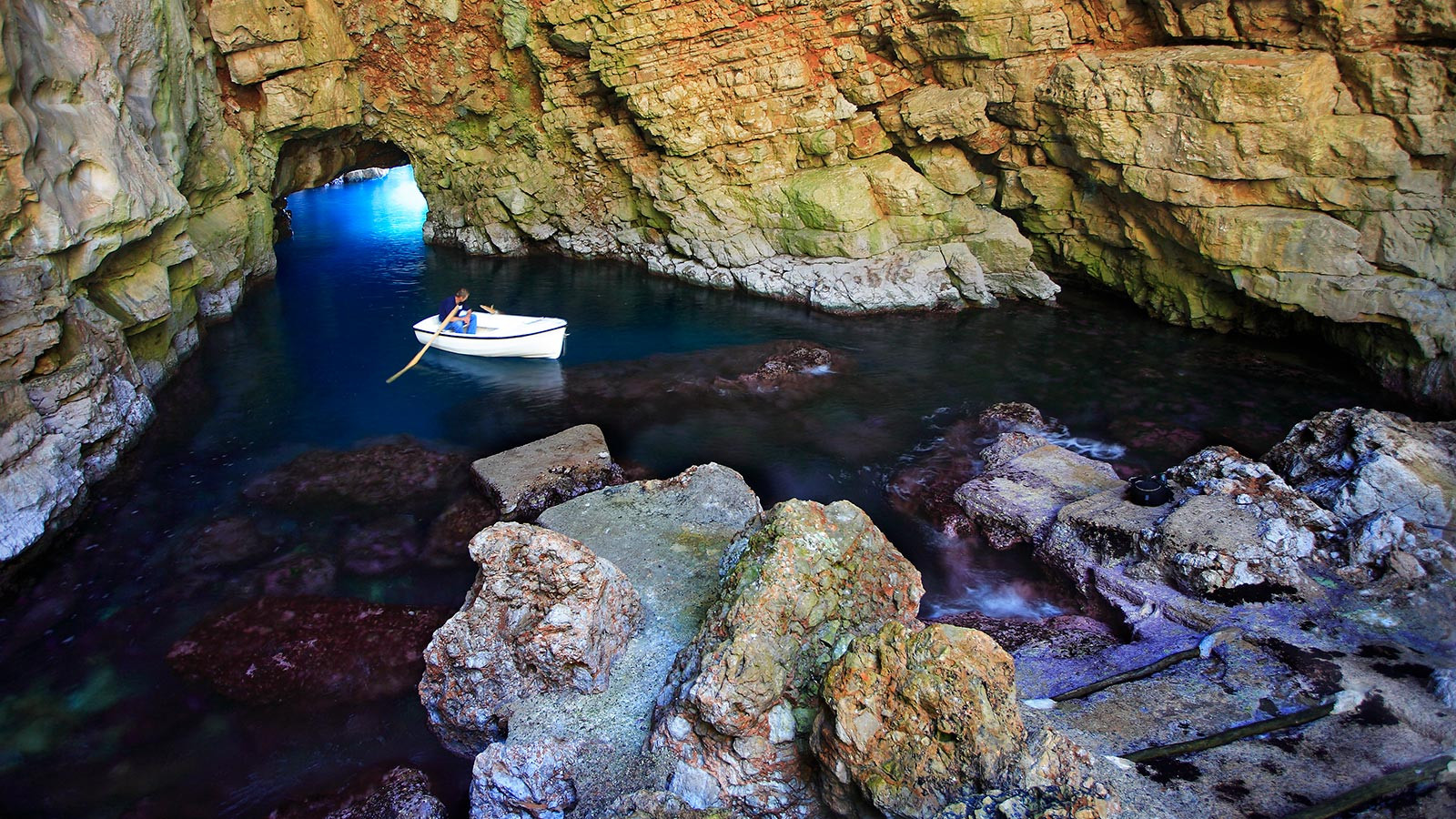
The Ulysses cave on Mljet island, one of the many caves in Croatia which is accessible to the public © TZ Mljet
Indigenous Croatian Species Congeria Kusceri Up For 'Mollusc of the Year'
January 20, 2021 – Let's be honest, Croatia has a lot more photogenic inhabitants than this. But, from over 120 molluscs registered, the indigenous Croatian species Congeria kusceri have been chosen as one of the top five finalists in this year's Mollusc of the Year competition.
There's actually quite a good reason why Congeria kusceri isn't so photogenic – it lives underground. In fact, Congeria kusceri comes from the Congeria genus, which are the only known freshwater underground shellfish in the world. Most of this genus has sadly become extinct. However, three members of the family survive in this region - Congeria jalzici which can be found in Slovenia, northern Velebit and northwestern Lika, Congeria mualomerovici which lives in the Sana basin in Bosnia, and Congeria kusceri which is endemic to underground cave systems of the Neretva and Trebišnjica basins in Herzegovina and southern Dalmatia. Although, that wasn't always the case.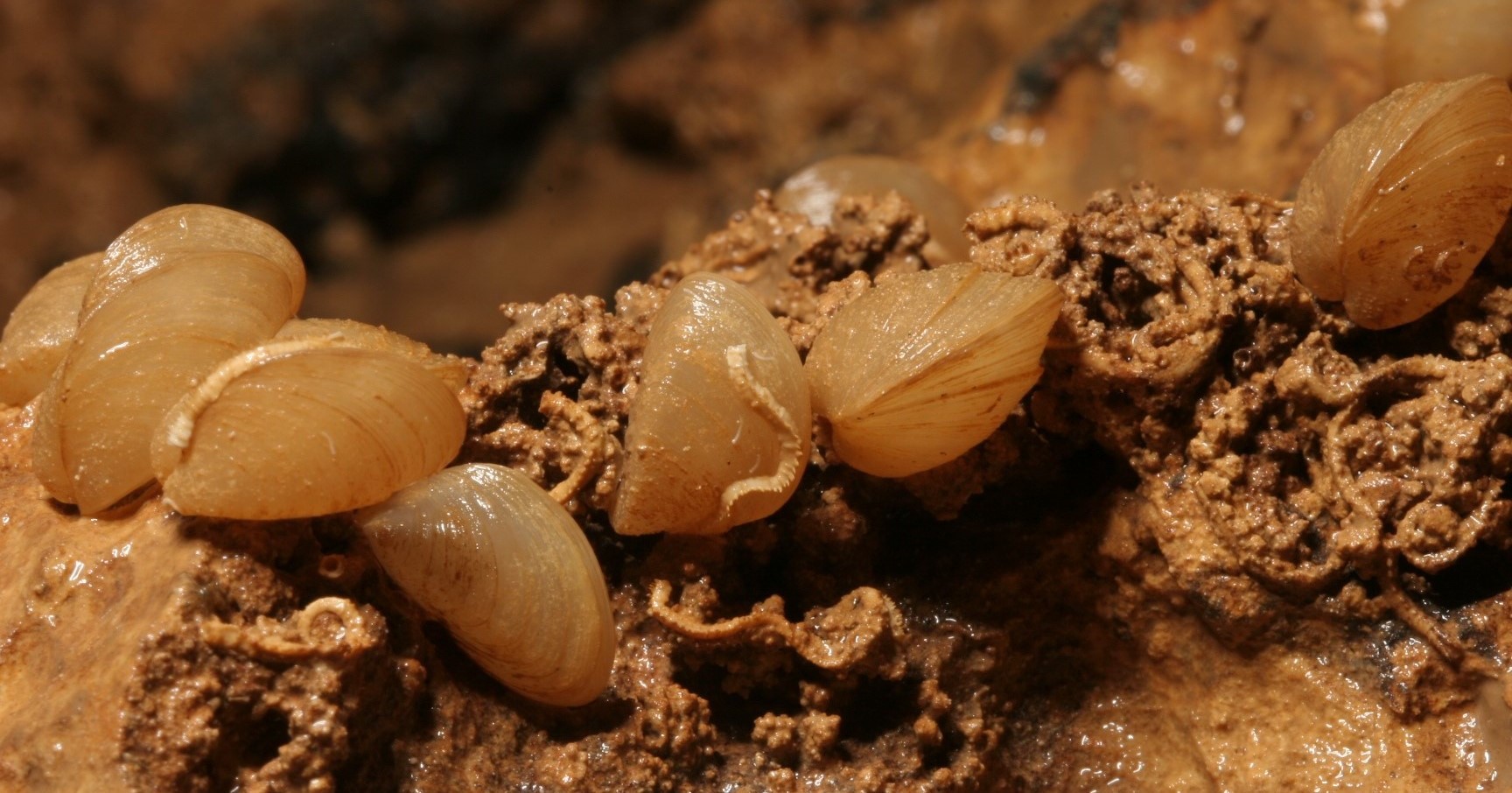 Congeria kusceri are albino molluscs, having lost their pigmentation while living away from sunlight. They live in southern Dalmatia, whose strongly supported football club, Hajduk Split, are also associated with the colour white © The Croatian Biospeleological Society (CBSS)
Congeria kusceri are albino molluscs, having lost their pigmentation while living away from sunlight. They live in southern Dalmatia, whose strongly supported football club, Hajduk Split, are also associated with the colour white © The Croatian Biospeleological Society (CBSS)
The ancestors of these molluscs used to live on the surface of lakes. Some of the molluscs followed the flow of water downstream and ended up inhabiting cave systems underground. Those which were able to adapt to a life of complete darkness survived. Having existed for so long in such a sunless environment, Congeria kusceri have lost their pigmentation - another reason we might consider them unphotogenic.
Congeria kusceri is on the Croatian Red List of Cave Fauna, in the category of critically endangered species, and at the European level, it is protected by the Directive on the Protection of Natural Habitats and Wild Fauna and Flora of the European Union. It is extremely rare. To date, these molluscs have been found in only fifteen underground locations of the Dinaric karst region.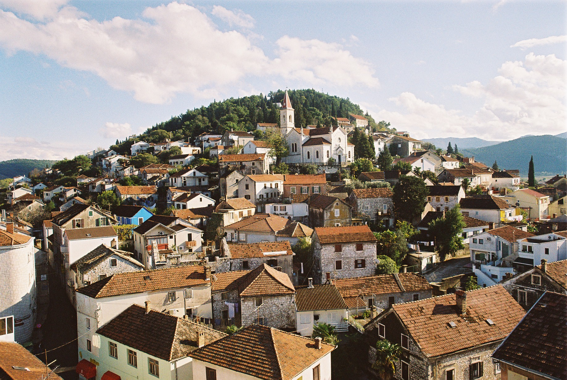 The Predolac hill in Metković © Jure Grm
The Predolac hill in Metković © Jure Grm
The largest living colony of Congeria kusceri that we so far know about can be found at the foot of the Predolac hill in Metković. Congeria kusceri is around two centimetres in length. Once part of a flourishing mollusc family, most of the Congeria genus died out around five million years ago. The genus was considered to be entirely extinct until shells of recently deceased individuals were found near Vrgorac in 1934. Congeria kusceri's new cousins - Congeria jalzici and Congeria mualomerovici – were only described and recognised as distinct sub-species as recently as 2013.
The Mollusc of the Year competition is run by the Senckenberg Research Institute and Museum, and the Centre for Translational and Genomic Biodiversity (TBG) in Frankfurt. Congeria Kusceri's success in being chosen as one of the finalists was announced by the Ruđer Bošković Institute in Zagreb.
Voting for Mollusc of the Year is open to the public. Anyone who is not too shellfish with their time and who may wish to support this endangered Croatian underdog in the competition can vote here
Croatian Speleologists Discover a Cave System Longer Than 52km Below Velebit
November 10, 2020 – The speleological department of the Croatian Mountaineering Association Željezničar from Zagreb reported that in speleological research of the Crnopac underground on the southern Velebit, the connection between the Crnopac cave system and the Muda Labudova Pit was found. With this discovery, the length of the Crnopac canal exceeded 52 kilometers and 236 meters.
As the Croatian Mountaineering Association reported, until this weekend, the Crnopac cave system, located in the area of southern Velebit near Gračac, was 43 kilometers and 570 meters long. By merging with the Muda Labudova pit, it grew to 52 kilometers and 236 meters.
In this weekend's action, a team of speleological department members, Nikola Hanžek, Stipe Maleš, Tomislav Kurečić, and Sara Anđela Perić, with their colleague Dino Grozić from the Estavela Speleological Association connected the Crnopac cave system with the Muda Labudova pit through the entrance named Oaza. The team burst into the Pi canal in Muda through the Pisoar canal.
"This is one of the greatest successes of Croatian speleology. Because of its length, the system has moved from 89th to 68th place in the world and that’s a big deal. This is just proof of the dedicated work of Croatian speleologists, who are at the top of the world in terms of systematic research. This system has been under investigation for the last 16 years, since Kita Gaćešina, the largest cave system in the Dinaric Karst, was discovered. Now there are a total of four entrances," said Damir Janton, head of the Commission for Speleology of the Croatian Mountaineering Association for 24sata.
By the way, by merging the Oaza with the Kita Gaćešina cave system (or Draženova puhaljka, how it is also called), speleologists recently decided to change its name, so the longest Croatian speleological system is named after the mountain under which it is located – the Crnopac Cave System (Jamski Sustav Crnopac – JSC).
"It is easier to remember that name, it is more recognizable and shorter. The system has three entrances (Kita Gaćešina, Draženova puhaljka, and Oaza), and the name changed because its dimensions expanded significantly over the ridge of Kita Gaćešina further below Bijeli kuk and the plateau below the ridge of the top of Crnopac," speleologists wrote before the historical discovery in Croatian miraculous underground.
This is another in a series of exceptional successes of Croatian speleologists organized in the Croatian Mountaineering Association. The research is carried out within the project "Speleological research of Croatian karst" of the CMA Speleology Commission.
Therefore, the 70th anniversary of the founding of the Croatian Mountaineering Association "Željezničar", despite all the global adversities, was marked in the best possible way!
For the latest travel info, bookmark our main travel info article, which is updated daily.
Read the Croatian Travel Update in your language - now available in 24 languages


